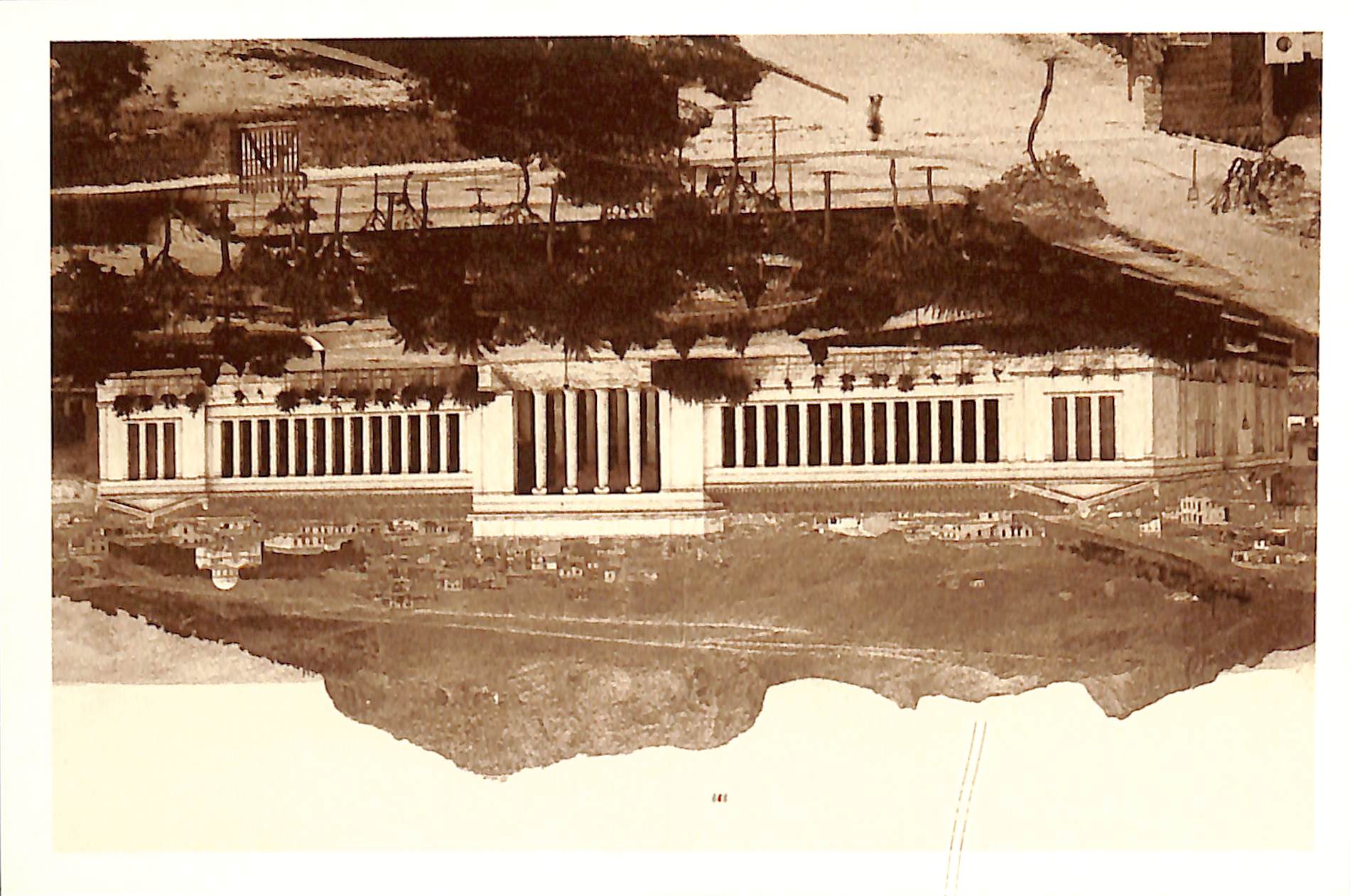
4/28/2025 4:11:58 PM
The National Archaeological Museum of Athens
The National Archaeological Museum is one of the largest archaeological museums in the world and the largest in Greece. It was initially built to house the archaeological finds from the 19th-century excavations, mainly from Attica but also from other areas of the country. Over time, it evolved into a central National Archaeological Museum, enriched with artifacts from all parts of the Greek world. Its rich collections, numbering more than 11,000 exhibits, offer visitors a panorama of ancient Greek civilization, from the early prehistory to the late antiquity. The neoclassical building, which houses the museum, began construction in 1866 based on designs by the Bavarian architect L. Lange and was completed in 1889 with modifications by Ernst Ziller. The exhibition spaces cover an area of 8,000 square meters and house five major permanent collections: The Collection of Prehistoric Antiquities, which includes works from the great Aegean civilizations from the 6th millennium to 1050 BC (Neolithic, Cycladic, and Mycenaean). The Sculpture Collection, featuring works of Greek sculpture from the 7th century BC to the 5th century AD. The Collection of Vases and Minor Arts, which includes works of ancient Greek pottery from the 11th century BC to the Roman period. The Collection of Metalwork, with statues, figurines, and works of minor arts. Finally, the unique Egyptian and Eastern Antiquities Collection, with works of art dating from the pre-dynastic period (5000 BC) to the times of Roman conquest. Pictured: The National Archaeological Museum of Athens in 1890. ©Municipal Photography Museum of Kalamaria ‘Christos Kalemkeris’.

